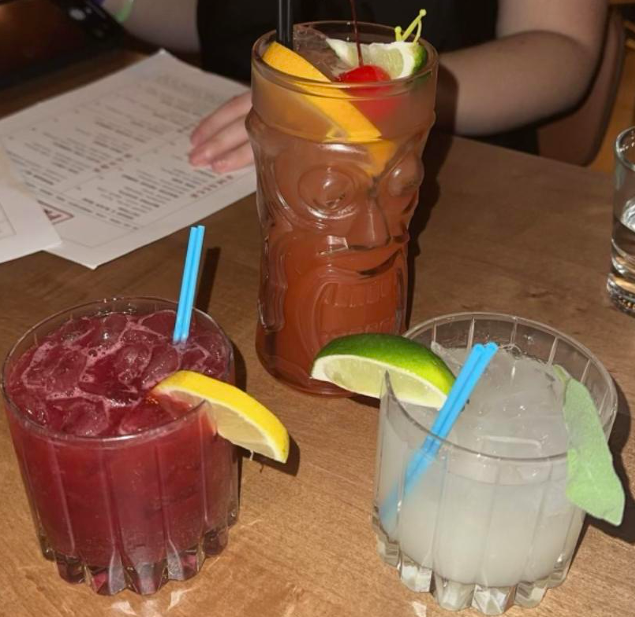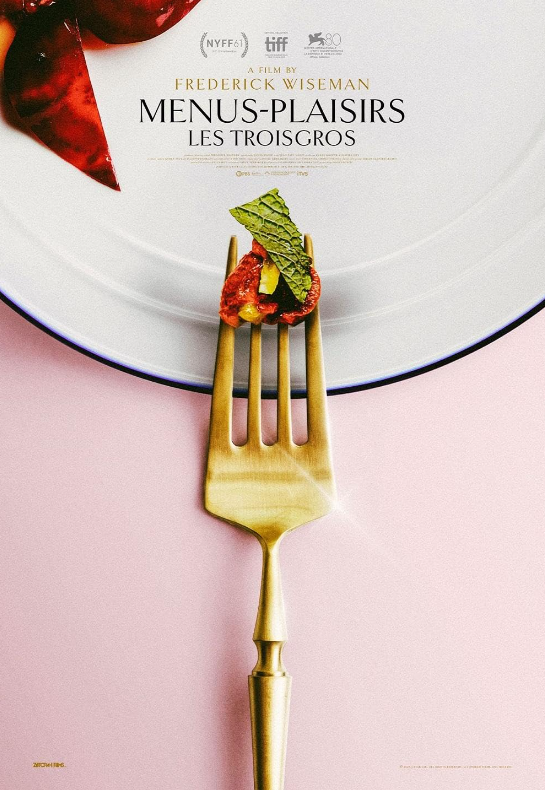
In today’s wine review, I taste two Spanish wines, both of the Tempranillo varietal. Tempranillo, which comes from the Spanish word for ”early,“ is a grape which ripens several weeks earlier than most other Spanish grapes. It leads to wines which are flavorful and full-bodied, and it’s one of the two most common grapes in Spanish wines (the other being Garnacha).
The first wine I tasted is Santa Rufina Viña Rufina, Reserva 2000, from the Cigales region of Spain ($18, 13.5 percent alcohol). This wine is aged for 17 months in oak barrels, and the grapes are grown on historic vines, which range between 70 and 100 years old. The ”Reserva 2000” means this wine was made in 2000 but was kept at the winery and not released to the public until later.
I decanted this wine for two and a half hours, and this is a wine which absolutely must be decanted. It has a very dark color, ranging from pitch black in the center to dark ruby red at the edges. It looks full-bodied in the glass, and it coats the edges of the glass, leaving nice legs.
The alcohol is a bit intense on the nose at first, but once I got past that, the wine smelled deep, rich, leathery, and with a strong black currant component. There was also a tiny hint of oak and chocolate covered oranges, but there were also some intense aromas which I couldn’t identify. This wine has a very beautiful and flavorful bouquet, overall.
This wine feels full-bodied and wonderful in my mouth. It has a massive black currant and blackberry taste, and I’m surprised I didn’t detect any blackberries on the nose. It has just the right amount of tannins and acidity, and I can really feel it on the sides of my tongue. The finish is strong and lasts a long time, and it’s primarily a blackberry taste with a bit of oak and leather. The oak is wonderfully blended with the wine, and it’s not the least bit over-oaked or nutty. Again, there are other flavors which I wasn’t able to identify.
This wine would pair well with large blackberries, duck, teriyaki beef jerky, and steak that is seared on the outside but rare inside. A flavorful cigar would also pair nicely. I found absolutely no bad qualities of this wine, and it’s the first red wine that I’ve had that I gave an A+ rating too. An amazing wine, overall.
The second wine I tasted is Campo Viejo, Crianza 2006, from the Rioja region of Spain ($12, 13.5 percent alcohol). This wine is aged for 24 months, with 12 of those months in oak barrels. I found this wine at Four Seasons Wine and Liquor in Hadley, and I was really impressed with their large selection of wines and spirits.
This wine is a much lighter color than the Viña Rufina, and it’s a see-through ruby color all around. It’s medium-bodied in the glass; it’s neither watery nor viscous. I decanted this wine in the glass for around three hours before tasting.
The alcohol is extremely potent on the nose, and it made smelling the wine very difficult. It has a sweet and fruity aroma, but also a strange sour component. There’s a peppery, black currant aroma, and a hint of strawberries and some other fruit which I couldn’t identify. Even though it was aged in oak for 12 months, there’s no oak on the nose.
The alcohol is surprisingly strong in the mouth, and it’s not blended well with the wine at all. There’s a bit of a sweet cherry tomato taste at first, and then the oak starts to come through, giving it a smoky, nutty, vanilla-like taste. The blackberry and black currant taste is much less pronounced than the previous wine. The finish is all oak, and I wouldn’t be able to identify the varietal of the grape in the finish because it’s masked by oak. There’s also a strange bleu cheese-like component to this wine.
Overall, I found the alcohol bite on the nose and taste to be entirely too unpleasant. Between the initial alcohol taste and the over-oaked finish, the wine was very difficult to taste, and the flavors just weren’t blended together very well. I was intrigued by the bleu cheese component, and I’d like to try pairing this wine with the cheese. I gave this wine a B+ during my video review, however, after drinking some more of the wine and realizing the flavors were never going to open up more, I have to downgrade this wine to a B/B-.
This Tempranillo tasting has taught me that I not only really enjoy Spanish wines, but I prefer wines of a single varietal to wines that blend together different grapes. I definitely recommend giving the Viña Rufina a try if you can find it, but you may want to give the Campo Viejo a pass. Don’t take my word for it though – get out there and try some new wines!
To see a video review of these wines, watch below or visit TheBottleReview.com.
Until next time, cheers.
Matthew Harrison can be reached at [email protected].






